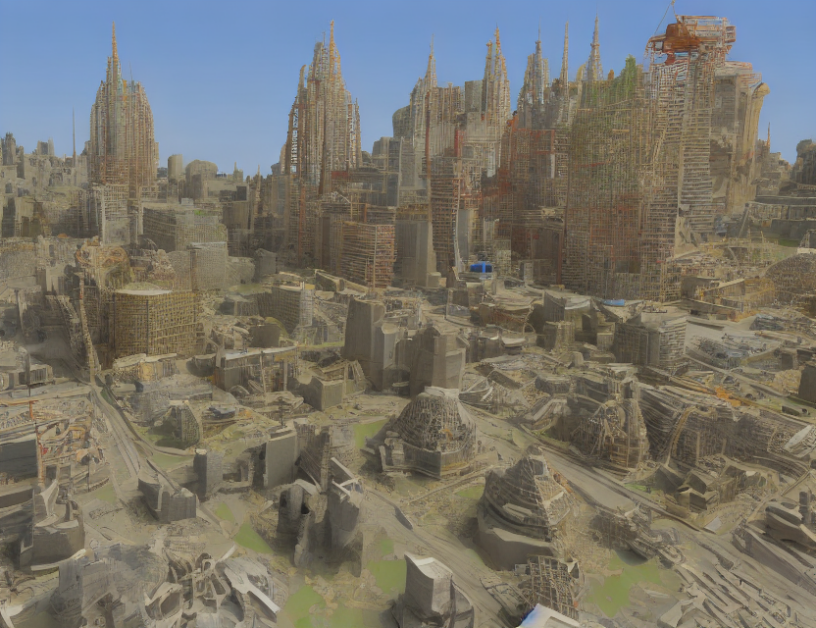The proposed method in the paper, titled "Global Context Capturer," relies on a novel module called Context Former. This module is designed to capture both local and global contexts by fusing visual and spatial cues. Imagine it as a tool that helps the network understand the bigger picture of a scene or image pair, enabling it to make more informed decisions about which points are relevant for correspondence pruning.
A Multi-Headed Self-Attention Layer with a Twist
The Context Former module employs a multi-headed self-attention layer, but with a crucial difference from traditional implementations. Instead of solely relying on the query and key vectors, it introduces length similarity to the attention matrix. This innovative approach allows the network to better understand the spatial relationships between points by incorporating their relative positions into the attention computation.
Spatial Attention: The Missing Link
The length similarity mechanism is not the only novelty in the Context Former module. It also introduces a spatial attention mechanism that helps the network focus on the most relevant points in the scene or image pair. This attention is computed based on the similarity between the points’ positions in the two modalities, creating a more robust and accurate correspondence pruning process.
Experiments Showcase the Effectiveness of Global Context Capturer
To verify the effectiveness of the proposed method, the authors conduct ablation studies comparing it to existing state-of-the-art methods. The results demonstrate that Global Context Capturer outperforms these baselines in terms of both performance and efficiency, achieving a 9.68% improvement in correspondence pruning while using fewer parameters.
Conclusion: Unlocking the Power of Global Context Capturer
In conclusion, this article has provided an in-depth comprehension of Global Context Capturer, a novel module designed to capture both local and global contexts for correspondence pruning. By combining innovative techniques like length similarity and spatial attention, it surpasses existing methods in terms of performance and efficiency. As computer vision continues to advance, the importance of capturing global context will only grow, making Global Context Capturer a crucial tool for researchers and practitioners alike.



